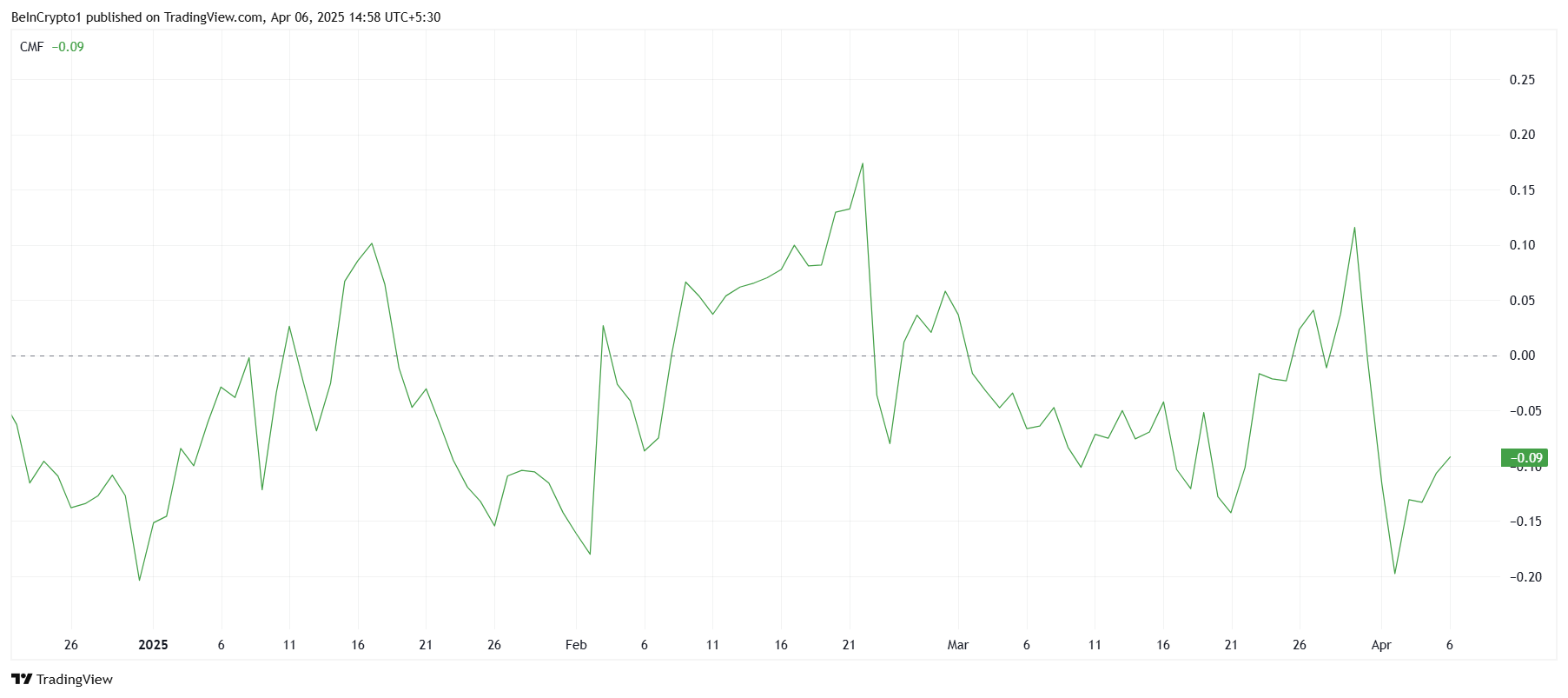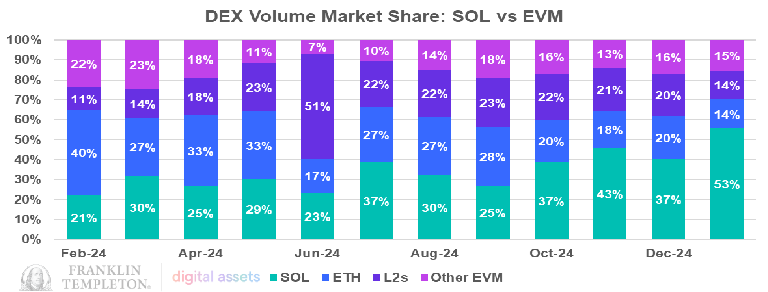The US Department of Justice (DOJ) just indicted 12 additional defendants as part of a conspiracy involved in crypto crimes worth $263 million. It accused them of working with Malone Lam, who was arrested last September.
Most of the group’s actions involved social engineering scams, but members also stand accused of burglary. Additionally, the DOJ pressed charges against Tornado Cash co-founder Roman Storm today.
DOJ Takes On Major Crypto Crimes
As part of sweeping pro-crypto regulatory reforms, the US Department of Justice disbanded its Crypto Enforcement Unit and reduced the scope of its investigations this year.
However, as today’s indictments clearly show, the DOJ is still interested in taking down high-level crypto crime. The twelve defendants stand accused of many serious offenses:
“[The defendants] allegedly participating in a cyber-enabled racketeering conspiracy throughout the United States and abroad that netted them more than $263 million. [Their] various roles included database hackers, organizers, target identifiers, callers, money launderers, and residential burglars targeting hardware virtual currency wallets,” the DOJ claimed.
These defendants were allegedly in league with Malone Lam, the group’s ringleader, who was arrested last September. The DOJ claimed that Lam organized the whole crime ring, targeting victims, employing scams, laundering money, and more.
The group’s sophisticated money laundering techniques allowed Lam to allegedly continue benefiting after his arrest.
The bulk of this $263 million came through social engineering and similar scam methods. The group systematically stole and purchased databases of crypto users, identified valuable targets, and attempted to defraud them.
Lam personally scammed $230 million from one victim alone. However, the group soon moved on to much more brute-force methods.
Specifically, the DOJ accused the defendants of much more serious crimes. In an effort to steal hardware wallets, Lam remotely monitored a target’s iCloud metadata while a co-conspirator burglarized his home.
Unfortunately, violent thefts are far from unheard of in this industry: a prominent crypto kidnapping took place in France two days ago.
The indictments named 10 of the 12 co-defendants, claiming that several of them have been arrested. At least two remain anonymous and at large, believed to be living in Dubai.
The DOJ has been demonstrating its resolve on several crypto crimes today. Specifically, it announced that it would indeed be pressing charges against Roman Storm, co-founder of Tornado Cash.
Although crypto enforcement has been loosened somewhat, the Department of Justice is still determined to prosecute prominent offenders.
The post DOJ Targets $263 Million Theft Ring and Tornado Cash Co-Founder appeared first on BeInCrypto.














